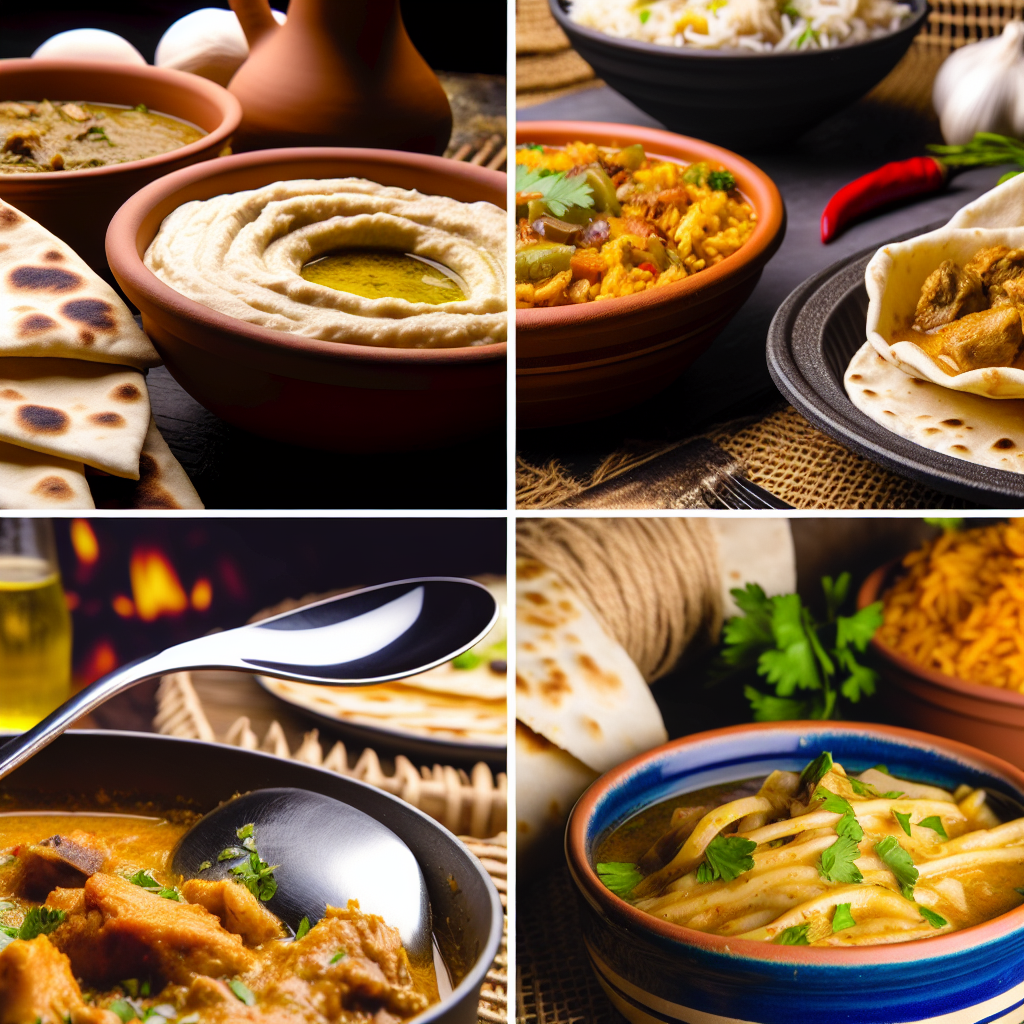
Exploring the World Through Your Taste Buds
Embarking on a culinary journey allows us to experience the world through our taste buds. Food is more than sustenance; it is a canvas of cultural expression, a way to tell stories of a community’s heritage and way of life. Every spice, ingredient, and preparation method has a story to tell, inviting you to immerse yourself in the diverse and flavorful world of cultural cuisine.
The Art of Recipe Inheritance
Authentic cultural flavors are often born out of tradition, with recipes passed down through generations. These recipes are much more than a list of ingredients; they are *manifestations* of collective memories and shared experiences. Whether it’s the warm spices of Indian curry, the tangy zest of Thai lime leaves, or the rich, creamy texture of Italian pasta sauces, each dish narrates a piece of cultural history.
Ingredients: The Building Blocks of Culture
Ingredients are the foundational elements that offer insight into a culture’s geographical, climatic, and agricultural uniqueness. Take for instance the use of olive oil in Mediterranean cuisine, which reflects the region’s lush, sun-drenched landscapes. Similarly, the prevalence of rice and soy in Asian dishes speaks to the agricultural bounty and innovation in those regions. The choice of ingredients is a vital part of what makes a dish *authentically* represent a cultural palate.
Cooking Methods: A Journey of Flavor Development
Cooking methods, too, play a crucial role in defining a dish’s authenticity. From the slow-cooking techniques of Moroccan tagines to the fast stir-frying methods in Chinese cuisine, these techniques have been perfected over centuries. Each method not only develops flavors, but also adds a symbolic layer to the cultural identity of the cuisine.
The Influence of Migration and Trade
Migration and trade have historically influenced traditional cuisines, introducing new ingredients and cooking styles. This cross-cultural exchange has resulted in a rich tapestry of flavors and techniques globally. The Indian-Chinese fusion cuisine or the Creole and Cajun flavors in Louisiana are perfect examples of how culinary traditions evolve while still preserving *core* cultural identities.
Experiencing Cultural Flavors at Home
Recreating authentic cultural flavors at home is a rewarding endeavor. It encourages an appreciation for global cultures and provides a deeper understanding of the intricate relationship between food and cultural identity. When attempting to replicate these dishes, one should strive to respect and preserve the traditional methods, ingredients, and ethos that give each dish its cultural essence.
Respecting Culinary Traditions
While it’s exciting to experiment, it is equally important to approach cultural cuisines with respect and consciousness. Understanding the history and stories behind each dish fosters a greater connection and enriches the dining experience. It allows for responsible admiration and adoption of global cuisines, showing respect for the diversity and uniqueness each culture brings to the table.
Culinary Adventures Await
Embrace the adventure of immersing yourself in authentic cultural flavors. It is an invitation to explore new worlds, to appreciate the diversity of human creativity, and to celebrate the unifying power of food across cultures. As you embark on this culinary journey, let your taste buds be your guide in discovering the heart and soul of communities worldwide.
“`